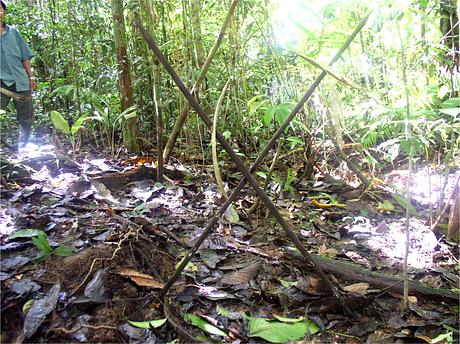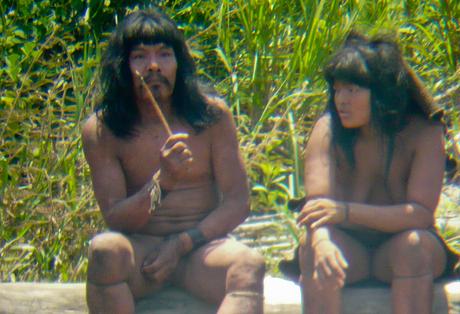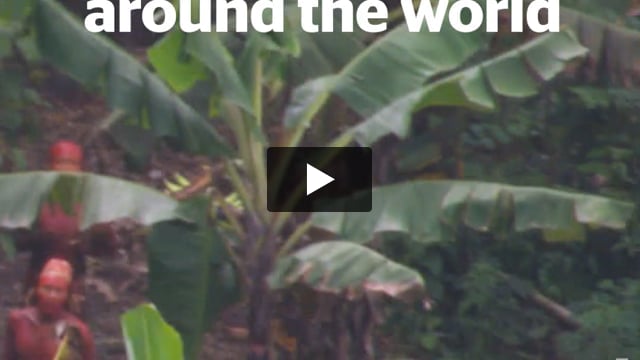Uncontacted tribes’ land: ‘most biodiverse’ in South America and threatened by oil
February 4, 2010
 © Marek Wolodzko/AIDESEP
© Marek Wolodzko/AIDESEPThis page was last updated in 2010 and may contain language which is now outdated.
New research by scientists has found that a vast region of the Ecuadorian and Peruvian Amazon is the most biodiverse in South America.
But this region, home to some of the world’s last uncontacted tribes, is gravely threatened by oil exploration and drilling.
The research, published in PLoS ONE, found parts of eastern Ecuador and northern Peru to be uniquely rich in amphibians, birds, mammals and plants. But the scientists also say that oil companies are working, or due to work, in a massive 79% of the region.
‘Unfortunately, the most biodiverse area in South America is included in oil lots 39, 67, 121, 123 and 129,’ says Dr Matt Finer from Save America’s Forests, one of the authors of the report.
Repsol-YPF is working in Lot 39 and Perenco in Lots 67 and 121. Perenco has already discovered vast oil deposits, but Repsol is still exploring.
‘These findings form the scientific basis for policy recommendations, including stopping any new oil activities and road construction in Yasuní (in Ecuador) and creating areas off-limits to large-scale development in adjacent northern Peru,’ says the report.
Peru’s national Amazon Indigenous organisation, AIDESEP, has appealed to Peru’s courts to stop oil work in the region. It has also filed a complaint with Latin America’s top human rights body, the Inter-American Commission on Human Rights.




